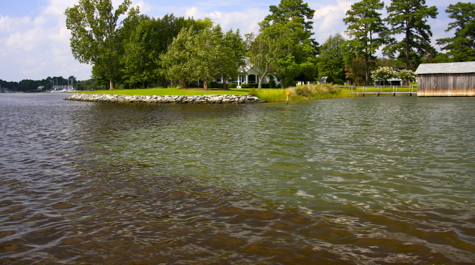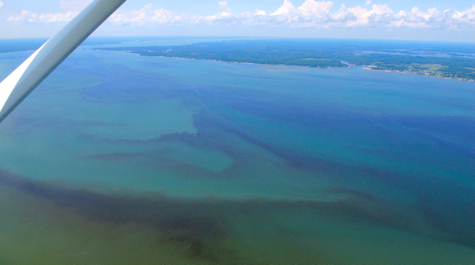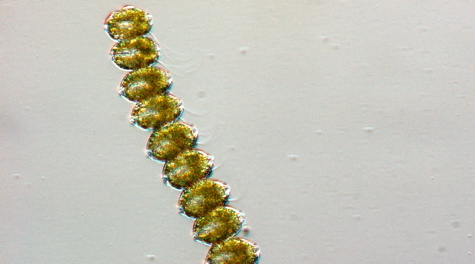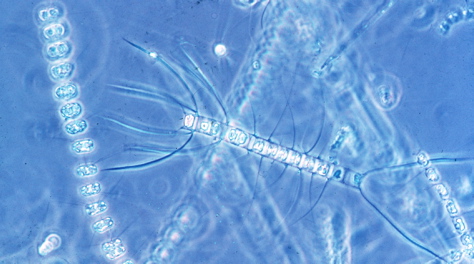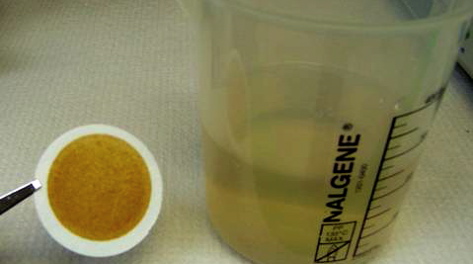Harmful Algal Blooms
Algal blooms, or "red tides," are caused by aggregations of tiny marine plants called algae that contain reddish pigment. Some algal species also produce chemicals that generate light—one source of the "bioluminescence" sometimes observed in marine waters.
Algae are normal components of all aquatic environments, but can produce what is known as a “harmful algal bloom” or “HAB” when they bloom in significant numbers and generate toxic byproducts. HABs can harm both marine organisms and human health.
Algal blooms are common in lower Chesapeake Bay during spring and summer. Algae respond to the same conditions that encourage plant growth on land, and thus are most likely to form blooms when waters are sunlit, warm, and nutrient rich. Excess nutrients from human activities are one of the biggest challenges facing the Bay.
Virginia's HAB Task Force
The Virginia Institute of Marine Science (VIMS) is part of Virginia's Harmful Algal Bloom Task Force, which also includes representatives from the Marine Resources Commission, the Department of Environmental Quality, Old Dominion University, and the Virginia Department of Health and its Division of Shellfish Sanitation. VIMS collaborates with these agencies to regularly monitor the Commonwealth's waters and shellfish-growing areas for the presence of HABs. VIMS scientists also conduct basic research to more accurately and rapidly identify harmful algal species, and to better understand the biological and environmental factors that cause algae to produce toxins.
Reporting
The Virginia Department of Health is responsible for questions related to the possible effects of HABs on human health, and will notify the public if a HAB that could affect human health is identified.
To obtain information about possible human-health effects, call Virginia's toll-free Harmful Algal Bloom hotline at 888-238-6154. The line is available 24-7.
To report a fish kill or water that has an odd color or odor, you may use our online reporting form, or during business hours call:
A. The nearest regional office of the Virginia Department of Environmental Quality:- Virginia Beach: (757) 518-2000
- Richmond: (804) 527-5020
- Woodbridge: (703) 583-3800
B. The Virginia Institute of Marine Science:
- Advisory Services Office: 804-684-7108
- Dr. Kim Reece: 804-684-7407
- Dr. Wolfgang Vogelbein: 804-684-7261
If you need to call outside of business hours or for an emergency, dial the Department of Emergency Services at 800-468-8892 (calls will be forwarded to a DEQ responder).
What if I feel I have been exposed to a HAB?
If you are concerned that you have been exposed to a HAB, see your doctor or call your local health department. Telling your doctor about contact with water may help proper treatment. You can also call the Virginia Department of Health's toll-free HABs Hotline at (888) 238-6154. The line is available 24-7.


